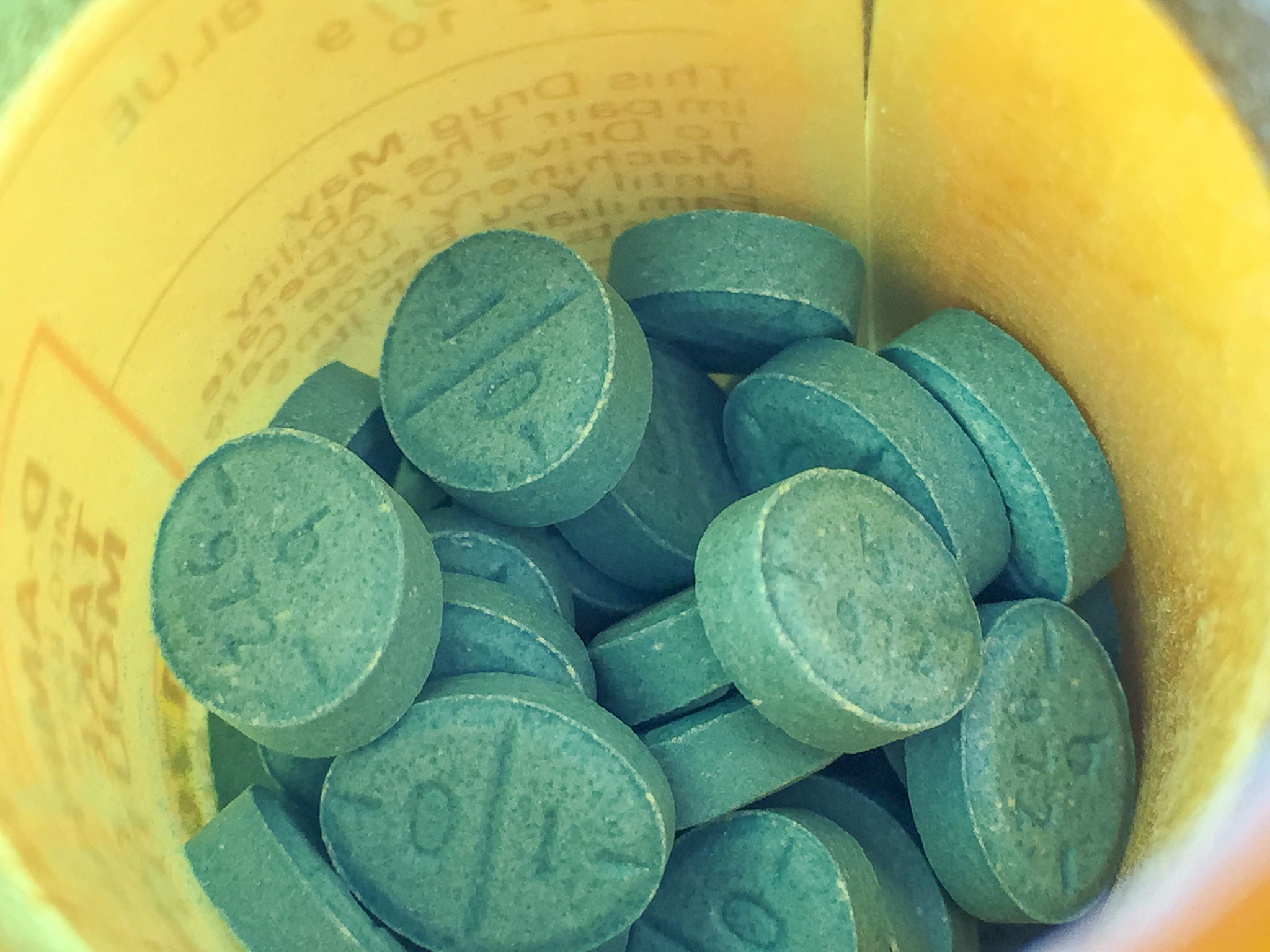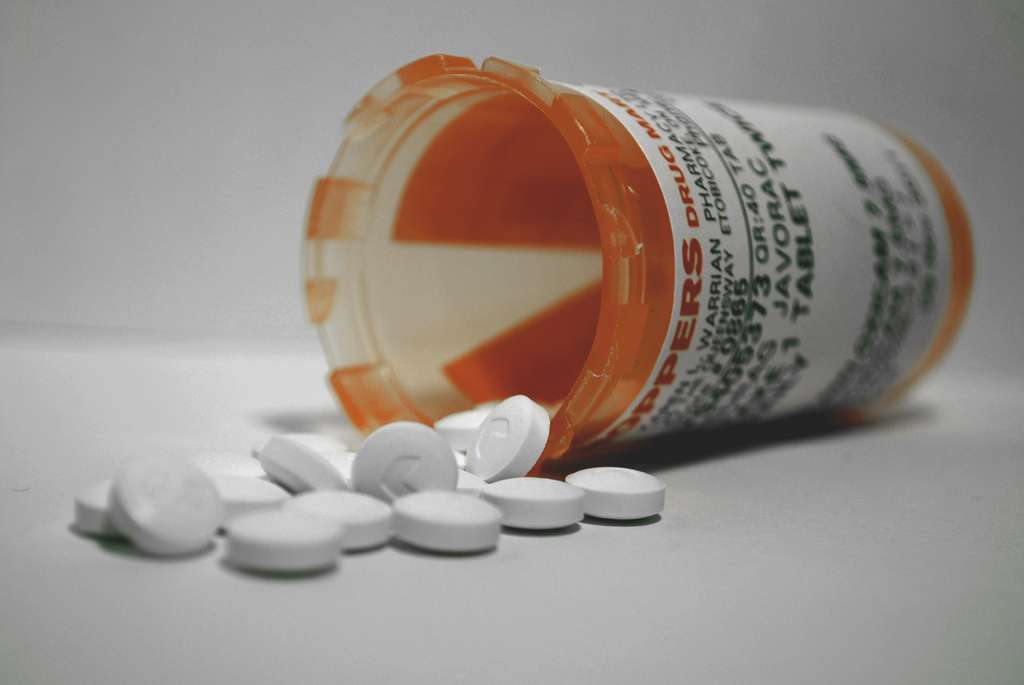What Happens When You Flush Pills Down the Drain

By:
Our efforts to protect our environment could be going down the drain.
Though the Environmental Protection Agency (EPA) has long advised and in some cases regulated against flushing pills down the toilet, we're still doing it, and we're starting to see the impact near one major city's waters.
The EPA's Resource Conservation and Recovery Act (RCRA) defines many pharmaceuticals as hazardous waste, and prohibits their flushing. However, last year, the EPA proposed an update to the rules, noting that "healthcare workers, whose primary focus is to provide care for patients, are not knowledgeable about the RCRA hazardous waste regulations, but are often involved in the implementation of the regulations. Second, a healthcare facility can have thousands of items in its formulary, making it difficult to ascertain which ones are hazardous wastes when disposed."
A new study shows that these drugs, which include amphetamine, are affecting water bugs and plant life in streams in and around the city of Baltimore. Though studies about drugs disposed in our aquatic ecosystems have been reported on before, this is the first that shows the effects of methamphetamine and amphetamines.
 Tony Webster/Flickr - flic.kr
Tony Webster/Flickr - flic.kr
The effects are subtle (for now), reports CNN, like
"The growth of biofilms — the slippery organisms you find on rocks at the bottom of streams — was suppressed after exposure to this drugs. Bacterial life changed. Bugs that lived in the water developed quicker and emerged sooner."
So what's the problem?
While it's true that at this present time, scientists cannot determine what the long term health effects will be, it doesn't look encouraging because, as with land animals, there is a food chain in these bodies of water, which includes human beings at the top. Plants like algae and water bugs are meals for birds and fish. Fish are meals for us.
"The pharmaceuticals entering the environment, through flushing or other means," the EPA reported in 2015, "are having a negative effect on aquatic ecosystems and on fish and animal populations. [...] The scientific research with regard to human health effects due to pharmaceuticals in the environment is still ongoing."
Still, they caution against the disposing of pills in this manner, as "many of the hundreds of frequently prescribed pharmaceuticals are known for targeted effects and adverse off-target side effects ..."
Furthermore, according to the DEA, "flushing does not meet the non-retrievable standard for destruction," meaning that it does not fully render controlled substances unusable.
So what can we do?
Putting an end to pill flushing is a good first step, but some of these contaminants can still make their way into sewer systems through natural means after they are consumed by humans. And that's where the problem get's really complicated.
As CNN reports, these chemicals can then seep into bodies of water either through aging, leaky sewer pipes, or through wastewater treatment facilities that aren't designed to filter them.
 The Javorac/Flickr - flic.kr
The Javorac/Flickr - flic.kr
Dr. Emma Rosi-Marshall, one of the authors behind the study, told CNN "we need to invest in maintaining and repairing our aging underground water infrastructure and potentially develop new technology."
[h/t CNN]
